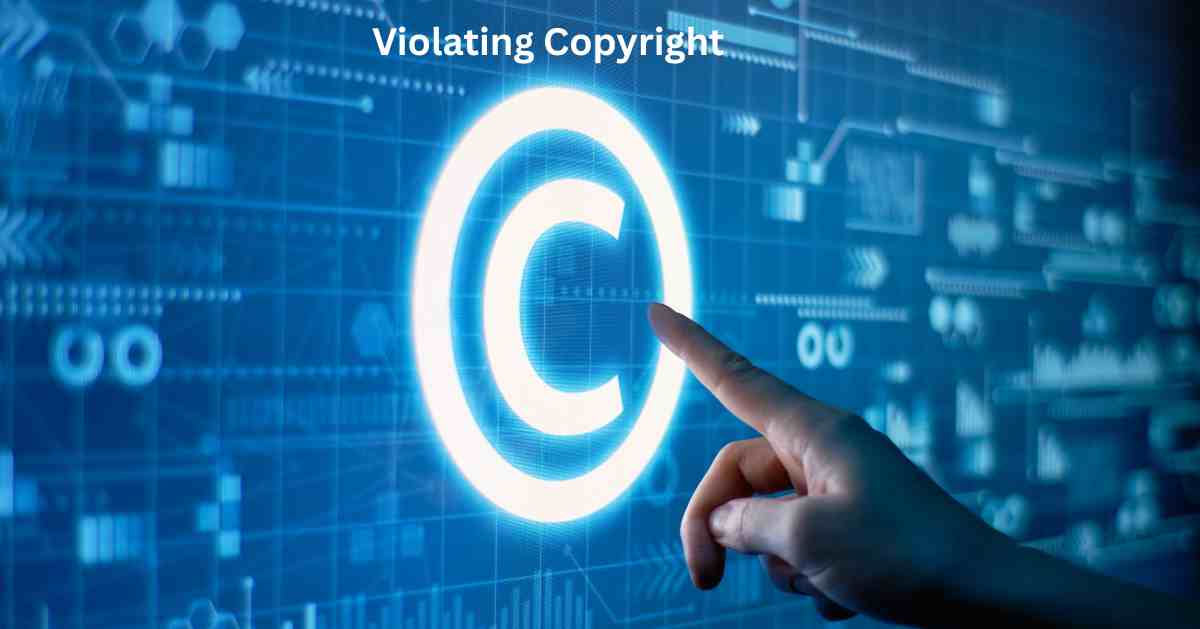Are You Violating Copyright in Your Branding?

Businesses often make risky branding choices without realizing the legal implications of using copyrighted material. Whether it’s a borrowed image, a slogan inspired by another campaign, or an “adapted” version of a competitor’s visual concept, copyright law does not offer leniency for unintentional infringement. If an element is original and fixed in a tangible medium such as a logo design, graphic, jingle, or tagline it qualifies for copyright protection.
Using protected content without permission invites cease and desist demands, removal orders, or full-scale litigation. This risk increases when branding is handled by third parties or created through rapid design software that pulls from existing libraries. Copyright lawsuits aren’t limited to large corporations either—small businesses are regularly sued for improperly using stock images, fonts, or artwork in their logos and packaging, as covered in recent legal news.
What Types of Branding Elements Are Copyright-Protected?
Copyright infringement is not necessarily limited to digital files or music clips. Almost everything that is used to visually present a brand may be copyrighted if it meets criteria of originality and fixation. These include product packaging layouts, styles of animation, jingles for advertisements, illustrators’ marketing works, and even web design features.
A character custom designed for use in a branding campaign could even be protected under copyright laws, irrespective of any freelance commissions given. Unless there was an explicit transfer of rights, the creator keeps ownership. Similarly, downloading and using a “free” font from an online font store without reviewing the font’s license might constitute copyright infringement. When unclear titles cover publicly displayed works, your company poses itself as an easy target for infringement claims.
What Are the Legal Risks of Infringement?
If the copyright in your branding is violated, immediate takedown requests, public retractions, and demands for statutory damages may follow. If the party claiming violation proves that the infringement was willful, the court may award said party statutory damages of up to $150,000 for each work infringed.
Rebranding under legal pressure often comes with added costs—reprinting labels, replacing signage, or adjusting marketing collateral across all platforms. Some cases involve court-ordered injunctions, which halt business operations tied to the infringing material. Because these risks are financially and reputationally damaging, proactive copyright review should be built into every stage of brand development. Businesses that consult qualified attorneys early are better positioned to prevent or defend against claims.
[Read About: How Legal Tech Is Transforming Data Regulation Compliance ]
How Do Copyright Disputes Usually Arise?
Disputes most often occur when a third party identifies a branding element that looks or sounds too similar to their own. Sometimes, this results from accidentally using pre-existing content without confirming ownership. In other cases, designers may copy elements assuming they’re “inspired by” rather than directly reproduced. Courts will consider both the access and the substantial similarity between works when assessing copyright infringement.
Businesses also face challenges if they outsource creative work and fail to secure full rights. Many entrepreneurs assume that paying a designer automatically transfers copyright, but the law requires a written assignment of rights. If this paperwork is missing, the original creator can assert ownership and block the use of the content—even if you paid for it.
Below are branding mistakes that frequently trigger copyright claims
Companies that overlook these areas often face unexpected legal action:
- Using royalty-free content without reading the license: Many websites offer “free” content with restrictions. If you use an image beyond the permitted scope—such as in merchandise or advertising—it may constitute infringement even if you didn’t pay for it.
- Overlapping too closely with competitor branding: Similar color schemes, compositions, or character designs—even with slight differences—may invite litigation if the original work is copyrighted and your version is deemed derivative.
- Failing to register your own original work: While copyright protection is automatic, registration gives you standing to sue and proves ownership. If another party copies your branding, having it registered strengthens your legal position.
- Hiring freelancers without signed contracts: Without a written work-for-hire agreement or rights assignment, the contractor retains copyright by default. Businesses that reuse content later risk being sued by the original creator.
- Modifying existing work assuming “fair use”: Altering copyrighted content—such as editing a stock photo or tweaking a character—does not guarantee legal protection. Fair use is a narrow defense that rarely applies to commercial branding.
What Should You Do to Minimize Legal Exposure?
The best way to avoid branding-related copyright violations is to secure written rights for every asset and review licensing agreements for each component used. This includes illustrations, music tracks, icons, and even code libraries integrated into branded platforms. If an employee or agency creates the material, ensure contracts explicitly transfer copyright ownership.
Before launching a campaign, conduct a thorough copyright clearance process. This involves checking whether any element of your branding overlaps with protected content or violates usage terms. Your legal team should verify that all content is either original, properly licensed, or clearly in the public domain. This process isn’t merely bureaucratic—it directly protects your business from disruption and financial harm.
As competition increases across digital and print spaces, originality in branding is more closely scrutinized. Failure to respect copyright law can erode trust with customers, partners, and regulators. Staying compliant means not just avoiding litigation—but demonstrating that your business is built on professional, lawful creative standards.
